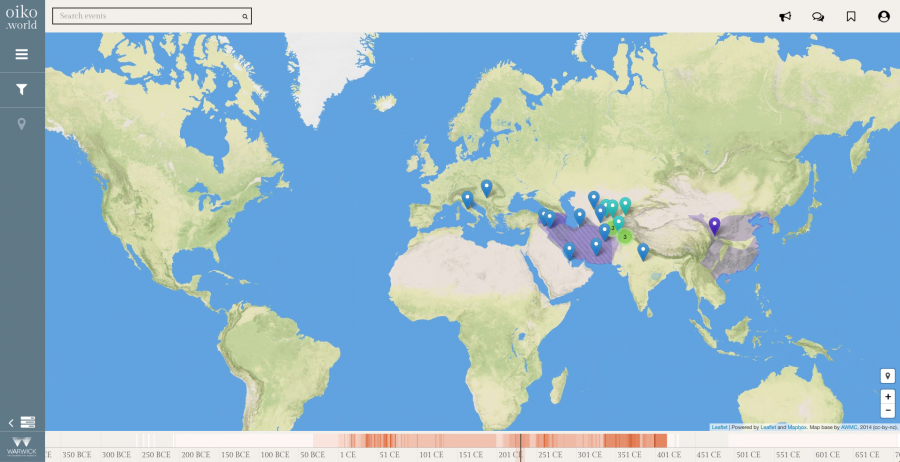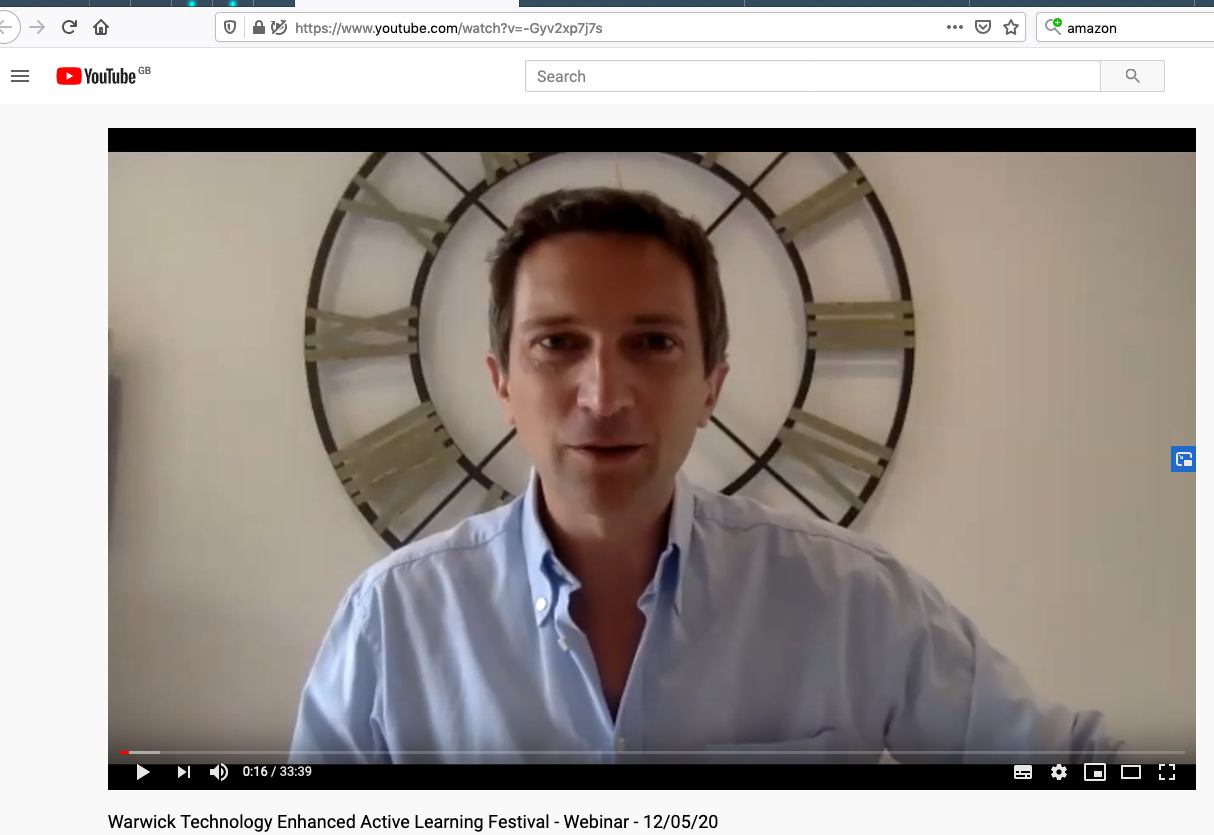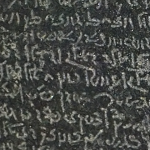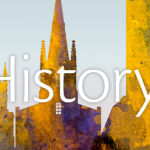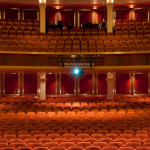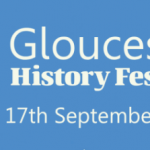In May, Warwick University launched its first TEAL Fest – Technology Enhanced Active Learning Festival: https://warwick.ac.uk/services/od/academic-development/edfest2020/tealfest/
I was very happy to be able to participate. I thought originally I would be doing so from Australia, as I was supposed to be spending most of May working on a number of projects with collaborators in Sydney and Melbourne. But Covid19 has delayed those plans to 2021. At least it meant that I did not have to do my session for TEALFest late in the night in Australia to fit in with daytime hours back in the UK!
My session was on Technology in the Arts – and I was showcasing 2 of my recent department module projects. The first, my Greek Religion module, asks students to research a particular sanctuary site, and the develop a web page for that sanctuary explaining about its key history, ritual activity, user groups and so on. You can check out the results here: https://warwick.ac.uk/fac/arts/classics/intranets/students/modules/greekreligion/database/ The key element of this work for my students is not only the need to undertake their own research on a project of their own choosing, thus personalising their learning journey, but also that they need to think about the user of their work – the public. Students need to think about, and question, their own assumptions about the wider public may or may not know about the topic, and about how to communicate their work best to them. It is something they often find a challenge – but it is also an incredibly useful skill for whatever role they choose to go into in the future.
The second module I showcased was my Ancient Global History module. Here I worked closely with Steve Ranford, one of the Warwick Academic Technologists, to align the global history portal we developed with the requirements for formal student assessment at Warwick. As such my students were able to not only again pick topics that interested them for research, but pick up also a series of digital skills for creating the entries within Oiko.world. And again – they had to think about how to package their research both to highlight the interconnected nature of different communities in antiquity, and how to communicate that to a wide public audience. I, and they, were justly proud that their research now forms part of the Oiko.world portal for all the world to learn from. Check it out: www.oiko.world.
This was one of the first webinars I had conducted on Zoom – and found it an interesting experience to be speaking to a virtual audience (some of who I could see, some not), while speaking to my own laptop screen, and manipulating that screen, which I was sharing with the participants, to guide them through the particular points I wanted to make, followed by taking questions via the Zoom chat function. It was a learning curve for me, just like the projects had been for my students: thinking afresh about how to package the information, explain and exemplify it via the different possibilities within zoom, all the while trying not to loose my train of thought about what I was saying! I found it a lot more complicated than giving a presentation with powerpoint in the flesh – and in some ways a lot more disconcerting, especially not being able to see and engage directly with all the participants. I think I still have a lot to learn…. but then who ever graduates from the University of Life?
Check out my zoom webinar on Technology in the Arts here: https://www.youtube.com/watch?v=-Gyv2xp7j7s All feedback much appreciated!
